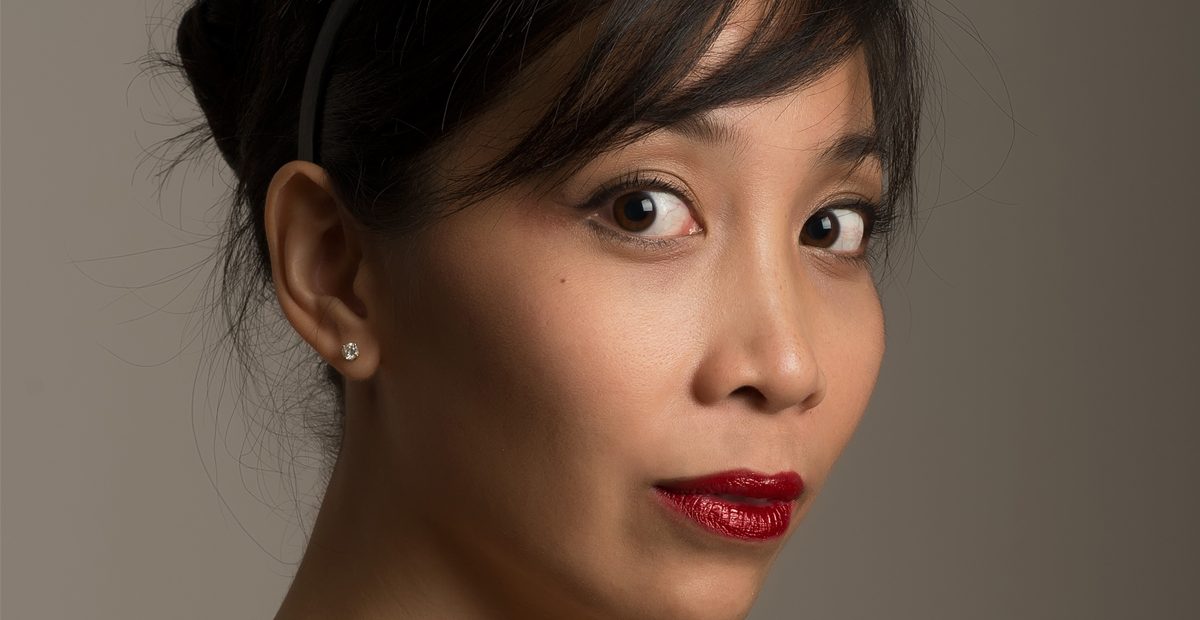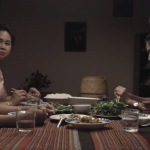With the feature film industry of Laos still in its early stages of revival after decades of inaction, it could be argued that every new release is a noteworthy development in the nation’s cinematic identity. That being said, Mattie Do’s 2012 debut, Chanthaly, seems like an anomaly among anomalies, not least because it was both Laos’ first horror film and the country’s first narrative feature film from a female director.
With her slow-burning second feature, Dearest Sister, Do continues to boost her (and her country’s) prominence on the world cinema stage, bringing us a richly layered, sinister and supernatural drama about a young villager named Nok who moves into the luxurious Vientiane home of cousin Ana and her rich Estonian husband in order to care for Ana as she loses her sight.
We managed to meet up with Do at this year’s Far East Film Festival in Udine, where the Lao-American filmmaker discussed the ideas and inspiration that went into this tense, alluringly ominous new work.
What was the original premise behind Dearest Sister?
It’s hard to say because a lot of my films start from ballet. I was a dancer so all my films are very ballet-based. This one was from La Bayadère, a ballet by Marius Petipa in Russia, but it came primarily from the lottery ghosts. There’s a lot of weird stuff in Laos. I found out after festivals that there’s a lot of shared culture with the whole lottery ghosts thing. In China, in Thailand and even in southern Italy, they believe in this. But I remember when my mother died, everybody asked for lottery numbers from me. They asked if she haunted me or if she came to me in a dream or a vision. I was disturbed. I couldn’t get angry because, as a Lao person, I understand it’s the culture and it’s acceptable to ask those kinds of questions but, as an American, as a Californian, I was like, ‘Seriously, people? My mom just croaked, come on!’ It stayed with me forever.
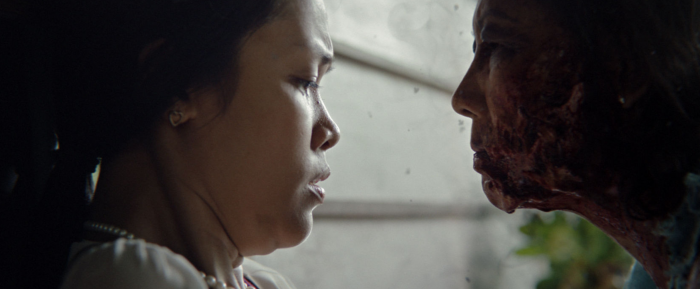
When we were thinking of the premise for the next film, I said I’d like to do something loosely based on La Bayadère because it’s one of the few stories where the girl isn’t a complete wilting flower who just gets stepped on by her handsome prince all the time. We started talking about the genre element because I always put genre into the film, since ballet is also genre. I told my husband this memory and I said, ‘You know, in Lao, people play these numbers? What if they win? And what if they win big? Is this like blood money? What happens afterwards?’ I mean, I would be nervous if I won from a dead person’s lottery number.
I feel that materialism is a central theme in this film.
Materialism, definitely. One of the things I hate is that whenever foreigners come to my country, they portray the village people like they’re so innocent and so pure but they don’t know. They’re not sitting there having the insider discussion, knowing these people on a personal level, how fascinated they are with wealth, how much they want it. And then, when they’re servants for their rich relatives, how they can’t wait to be in that position where they can treat their own poorer relatives like that some day. It’s just this terrible perpetuating cycle but I guess greed grips us all, no matter what culture.
So do you feel any power really lies with the character of Ana or is she just a doll in a pretty dollhouse?
I feel really bad for the character of Ana because she’s not rich. She didn’t come from an extremely poor family. I’d say she came from a very solidly Lao middle class family. Even then, they still have this art of begging. My country has perfected the art of begging because it’s so dependent on development and aid, which sometimes I feel quite ashamed about. We need it but, at the same time, it feeds this culture of begging and asking for handouts. But Ana is in such a weird position because she’s married to this white guy, I believe they love each other and he treats her like a doll in a dollhouse. She allows it.
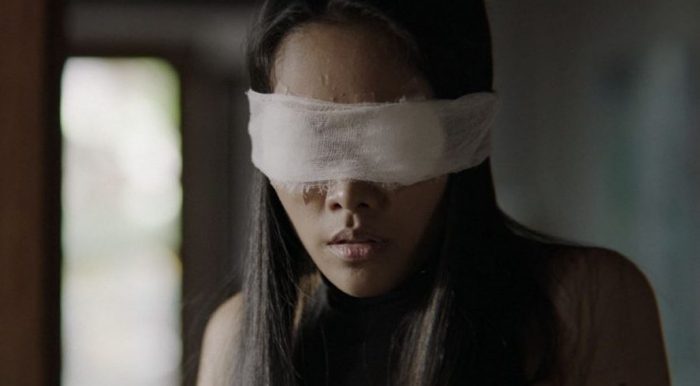
This is very common in my culture where it’s like, ‘Well, he’s given me all these things and I don’t want to make him lose face and I don’t want to lose face, so if that’s how he wants to treat me then I’m just gonna let it go.’ But, at the same time, she’s ultra insecure with her rich friends like Mimi. Mimi doesn’t need a white man to make her rich, so Ana feels that Mimi’s above her. And now she has this little country mouse cousin in her house, same family, same country. She’s got to be sitting around thinking, ‘Mimi and my husband think I’m like her.’ She’s very much embroiled in this insecure position, so I feel bad for that character.
Would you say that westernisation is an issue here?
I’m not against westernisation. I am against western solutions for eastern problems but the script doesn’t go so much into that. My next film goes very much into this, about westerners making decisions for our problems and not really thinking about the consequences. But I don’t think it’s a westernisation thing. It’s almost a modernisation and development thing. That little girl sees that her sister has a cute dress and she’s trying to look like her cousin, her dearest sister. But, to us, these ensembles that she puts together look cheap, and then she goes to this ultra high-class, Michelin star Italian restaurant and asks for ice in wine. And then she goes to this dive bar afterwards and can’t tell the difference.
So I’m not criticising that modernisation hit us so quickly and that it’s a bad thing. I’m not one of these people who comes to Laos and says, ‘Oh, they’re so pure and innocent and simple and this is the life we should live! Why are we trying to change this life? Why are people trying to make them more modern?’ You think that village girl doesn’t want electricity? You think she doesn’t want air conditioning? She wants air conditioning. She deserves air conditioning. So I’m not in that mindset at all but I am in the mindset that we have to see how the development might be a train wreck in a different way if there’s completely unbridled greed and wanton materialism. What is beneficial and what is not? But fuck, I’m not in a position to make decisions about that. I’m not so arrogant that I think I know what Laos needs and what it doesn’t need but the problem is other people do think that.
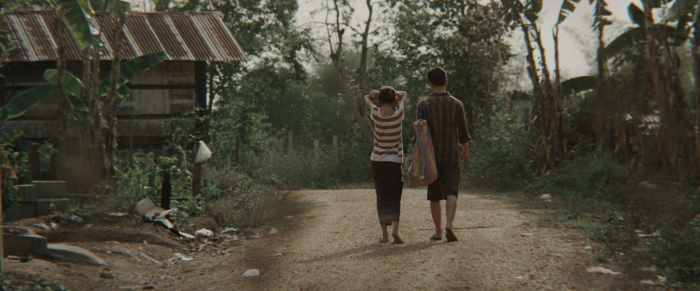
Elements of the film reminded me of Roman Polanski’s psychological horror films like The Tenant and Repulsion. Was his work an inspiration for you?
I’ve never seen any Polanski films. I haven’t seen a lot of old films. As a dancer, I never had time to watch films. Now I watch films because now I go to festivals and I get to see all kinds of crazy stuff but a lot of it’s new. My husband’s been trying to show me some of the classics because it’s kind of sad when people ask me about these things.
My inspiration was ballet, definitely ballet. A lot of the time, I of course watch some cool films from Darren Aronofsky or someone. I really like the way he uses long tracking shots. I’ll watch films from Brad Bird like Ratatouille or The Incredibles and then I’ll watch Aronofsky’s Black Swan or The Wrestler. I love a lot of what they do but everything’s mostly based on ballet.
How have Lao audiences responded to your work so far?
The first film, Chanthaly, was hard for them to understand. It was the first film they ever had where the girl didn’t say everything that she was thinking. They’re used to a soap opera style and in soap operas they’ll even talk to a mirror or to themselves, narrating what their thought process is. For Chanthaly, they had to infer in silence by her reactions and they didn’t understand that. But this film, I don’t know. We’re releasing in May so let’s see!

